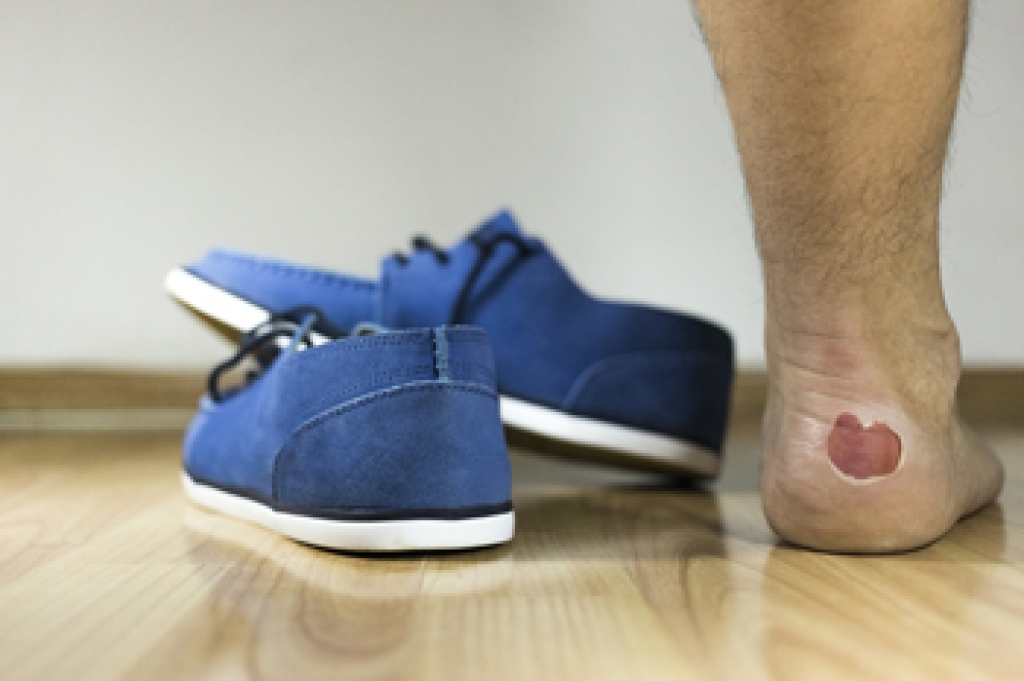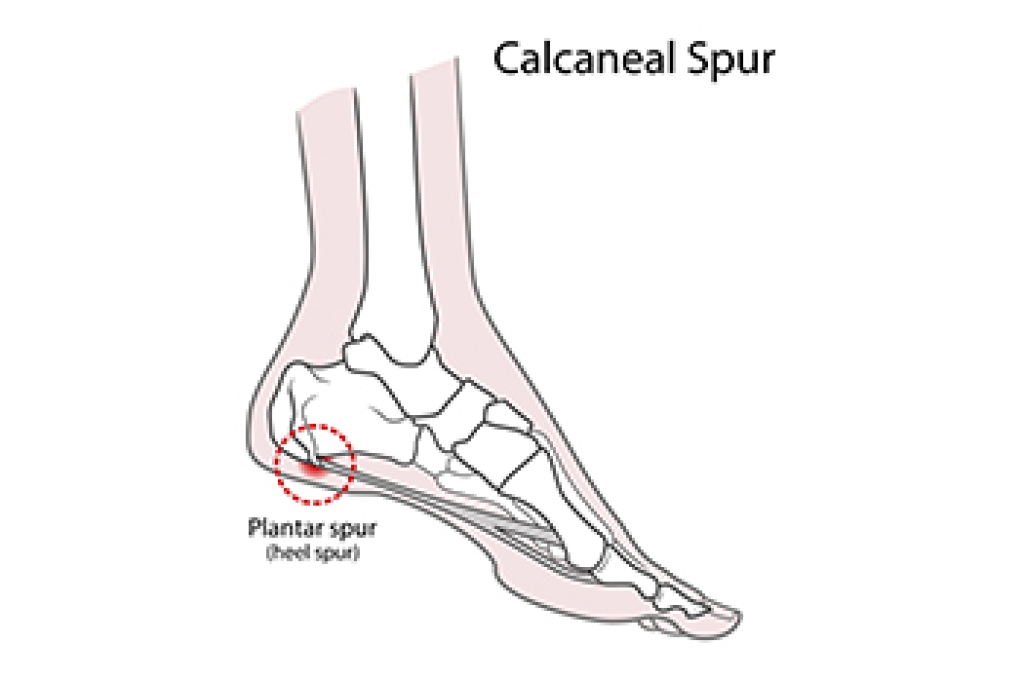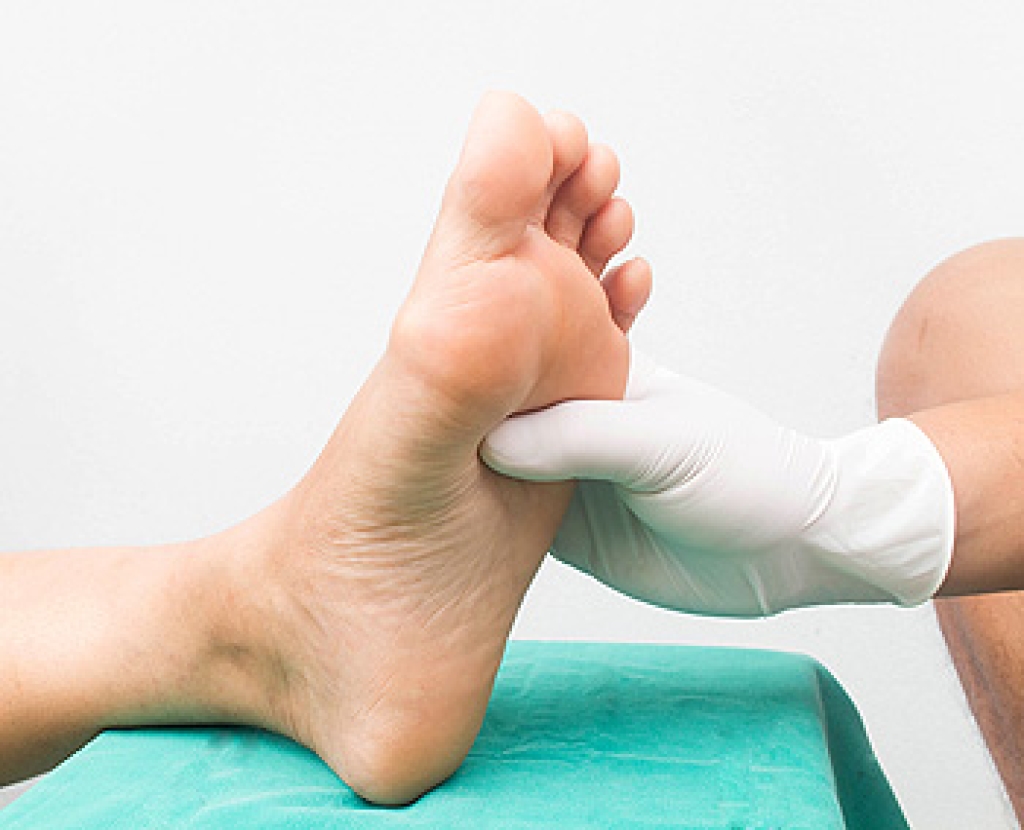
Practicing foot care is crucial for diabetic patients. The feet can easily become infected in people who have diabetes, and a good diabetic foot care routine can begin with washing and drying the feet daily. This can be followed by examining the soles of the feet. Some patients find it helps to use a mirror to accomplish this, or a family member or caregiver can do this if available. It is important to trim the toenails properly approximately once per week, and this can be done by cutting them straight across. Dry skin on the feet can be avoided when a good moisturizer is applied, and refraining from using it between the toes. Many diabetic patients have poor circulation and neuropathy, which is nerve damage. This is caused by elevated blood sugar levels, and the feet may become numb or have tingling sensations. It is often difficult to feel cuts or sores that have developed, which can be seen when the feet are inspected daily. If you have diabetes, it is strongly suggested that you are under the care of a podiatrist who can help you to manage this serious condition.
Diabetic foot care is important in preventing foot ailments such as ulcers. If you are suffering from diabetes or have any other concerns about your feet, contact Edward Orman, DPM from Honeygo Podiatry. Our doctor can provide the care you need to keep you pain-free and on your feet.
Diabetic Foot Care
Diabetes affects millions of people every year. The condition can damage blood vessels in many parts of the body, especially the feet. Because of this, taking care of your feet is essential if you have diabetes, and having a podiatrist help monitor your foot health is highly recommended.
The Importance of Caring for Your Feet
- Routinely inspect your feet for bruises or sores.
- Wear socks that fit your feet comfortably.
- Wear comfortable shoes that provide adequate support.
Patients with diabetes should have their doctor monitor their blood levels, as blood sugar levels play such a huge role in diabetic care. Monitoring these levels on a regular basis is highly advised.
It is always best to inform your healthcare professional of any concerns you may have regarding your feet, especially for diabetic patients. Early treatment and routine foot examinations are keys to maintaining proper health, especially because severe complications can arise if proper treatment is not applied.
If you have any questions, please feel free to contact our offices located in Perry Hall, and Fallston, MD . We offer the newest diagnostic and treatment technologies for all your foot care needs.









